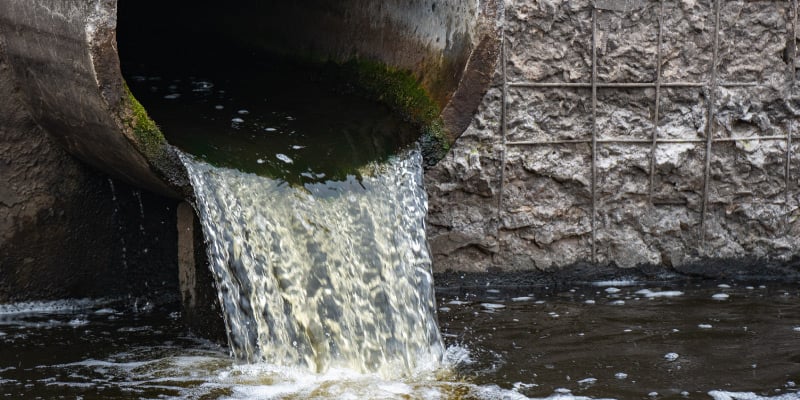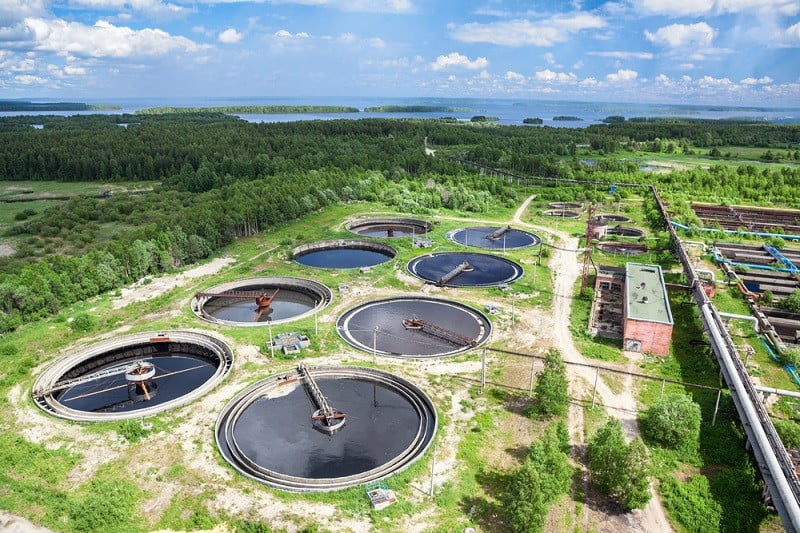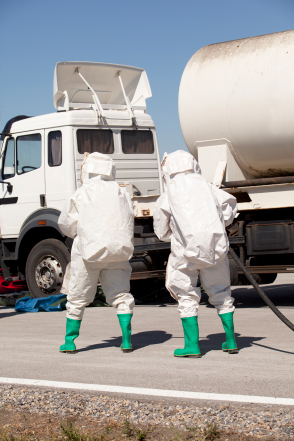Just How Liquid Waste Disposal Works: A Detailed Overview of Strategies and Technologies Utilized

Overview of Liquid Waste Types
The intricacy of fluid waste kinds requires a comprehensive understanding of their attributes and ramifications for disposal. Fluid waste can extensively be categorized into several types, consisting of commercial, metropolitan, agricultural, and harmful waste. Each classification displays unique residential properties, calling for certain management strategies to mitigate ecological and health and wellness dangers.
Industrial liquid waste originates from manufacturing procedures and often includes an array of impurities, such as heavy metals, solvents, and organic compounds. Municipal liquid waste, primarily making up wastewater from households and commercial facilities, consists of raw material, nutrients, and virus (industrial wastewater treatment). Agricultural liquid waste, consisting of overflow from farms, may contain plant foods, pesticides, and pet waste, presenting dangers to water high quality and ecosystems
Hazardous fluid waste is identified by its poisoning, reactivity, or potential to trigger harm. This group consists of substances like acids, bases, and particular chemicals that necessitate rigorous handling and disposal procedures. Recognizing these varied liquid waste kinds is important for developing efficient disposal methods and ensuring conformity with ecological policies. Correct classification and characterization are important for applying appropriate therapy strategies and reducing the damaging influence on public health and the atmosphere.
Physical Therapy Approaches

Testing is the initial step, where larger particles and particles are gotten rid of from the liquid waste using screens or grates. In sedimentation containers, heavier bits work out at the bottom, creating a sludge layer, while the made clear liquid can be further dealt with.
Filtering is another vital technique that entails passing the fluid through permeable materials, such as sand or membranes, to catch smaller bits. This action improves the top quality of the fluid, making it appropriate for subsequent therapy processes.

Chemical Treatment Strategies
Chemical treatment strategies are essential for successfully handling fluid waste, especially in addressing liquified and colloidal contaminants that physical approaches may not adequately eliminate. These techniques use numerous chemical agents to neutralize, precipitate, or change dangerous materials into much less damaging forms.
One typical approach is coagulation and flocculation, where chemicals such as alum or ferric chloride are added to advertise the gathering of suspended bits. This procedure enhances sedimentation, permitting less complicated removal of the resulting sludge. Additionally, oxidation processes, utilizing representatives like chlorine or ozone, are used to damage down complex natural substances and microorganisms, making the waste more secure for discharge or further treatment.
Neutralization is one more crucial method, which readjusts the pH of acidic or alkaline waste streams to neutral degrees, stopping possible injury to downstream systems and the environment. Additionally, advanced oxidation processes (AOPs) make use of mixes of oxidants and ultraviolet light to break down relentless contaminants, accomplishing a higher degree of treatment performance.
Biological Therapy Processes
Biological treatment procedures play a vital role in the monitoring of fluid waste by making use of bacteria to decay raw material and minimize contaminant levels. These processes can be extensively categorized into aerobic and anaerobic therapies, each employing specific microbial communities to achieve reliable waste destruction.
Cardio treatment entails using oxygen to assist in the breakdown of natural products by germs. This procedure is typically implemented in triggered sludge systems, where oygenation containers provide a conducive setting for microbial growth, leading to the oxidation of natural toxins. The resultant biomass can you can try these out be separated from treated effluent with sedimentation.
In contrast, anaerobic therapy takes place in the absence of oxygen, relying on different bacteria to damage down raw material. This technique is especially beneficial for high-strength waste, as it generates biogas, a renewable resource source, while reducing sludge manufacturing. Technologies such as anaerobic digesters are frequently used in metropolitan and industrial this content applications.
Both aerobic and anaerobic organic therapies not only decrease the environmental influence of liquid waste yet also promote resource recuperation, making them crucial elements of lasting waste monitoring methods. Their performance, flexibility, and effectiveness support their prevalent execution across different fields.
Emerging Technologies in Disposal
Ingenious strategies to liquid waste disposal are rapidly advancing, driven by innovations in modern technology and a boosting emphasis on sustainability. Among these emerging innovations, membrane layer bioreactors (MBRs) have actually gained traction for their capability to combine biological therapy with membrane layer purification, causing premium effluent that can be reused in different applications. MBRs allow smaller sized impacts and extra efficient operations compared to standard systems.
One more encouraging growth is making use of anaerobic digestion combined with nutrient recovery innovations, which not only treats liquid waste but likewise produces biogas and recovers important nutrients like nitrogen and phosphorus. This double benefit boosts resource performance and reduces ecological influence.
Additionally, progressed oxidation processes (AOPs) are being embraced for the deterioration of complex organic pollutants. These approaches utilize powerful oxidants and catalysts to break down impurities at the molecular degree, using an extremely reliable option for difficult waste streams.
In addition, the assimilation of expert system and link artificial intelligence in waste monitoring systems is enhancing operational performance and predictive maintenance, causing minimized costs and improved ecological compliance. These modern technologies mirror a substantial shift in the direction of even more reliable and sustainable liquid waste disposal practices.
Verdict
In final thought, reliable liquid waste disposal requires an extensive understanding of numerous methods and technologies. The combination of physical, chemical, and biological therapy techniques ensures the effective management of varied waste kinds. Additionally, the emergence of cutting-edge technologies improves therapy effectiveness and advertises sustainability in waste management methods. By continuously progressing these techniques, it ends up being feasible to resolve the expanding obstacles linked with liquid waste, ultimately adding to ecological defense and source recuperation.
Liquid waste disposal is a critical element of environmental monitoring, needing a detailed understanding of various techniques and technologies customized to various waste kinds. Liquid waste can broadly be categorized right into numerous kinds, consisting of commercial, municipal, farming, and hazardous waste. Agricultural liquid waste, consisting of runoff from farms, may include plant foods, pesticides, and animal waste, posing risks to water quality and environments.
Different physical therapy techniques play a crucial role in managing fluid waste properly - industrial wastewater treatment.In final thought, efficient liquid waste disposal necessitates a thorough understanding of numerous methods and innovations